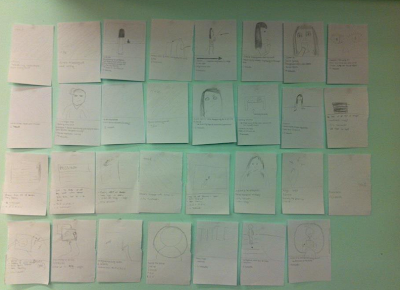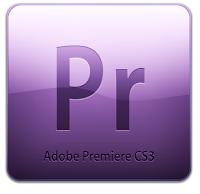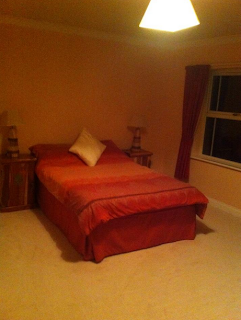At first, I was confused about this term as I did not fully understand what art was into a title sequence. I then did some research and found out how important it was..
I started off by looking at Six Feet Under, a film that was made into 2001. I watched the title sequence once before I looked at any information about how the title sequence was made. From my point of view, overall the title sequence was very interesting and extraordinary. I did not fully understand what was going on throughout, however I have learned that isn't much of a problem as you should not include too much of the story line in the sequence as it is only the first two minutes.
What did I notice?
The single clips lasted quite a long time to show the significance of each of the parts. This made the editing quite slow and steady at first. Furthermore, as the title sequence got to 1 minute the pace of the editing increased. The transitions helped make the title run smoothly as they faded in and out lasting around 2-3 seconds. This gives my group something to think about, are we going to include any transitions? if so, where are going to put them?. The font which has been used is sans serif, bold and stands out to the viewer. Me and my group have already spoke about the color of the text as from our previous knowledge on title sequences we have noticed that the color white is frequently used and stands out to the audience. I also think using sans serif font will be effective too as again, it is bolder.
Storyboard?
Before we go ahead and start filming, of course we need to make a detailed storyboard on what our title sequence is actually going to look like. To get a more advanced understanding of how the storyboard impacts the real piece I looked at a the designer of Six Feet Under's story board. This is the storyboard and the real piece..
As you can see, not everything from the storyboard was included and there are more stuff added. This tells me that even though I need to make a detailed plan, there is always going to be change throughout.
I then went onto looking at the graphic designer who made this title sequence in more detail..
"Well, I was taught that design is a type of visual communication and storytelling where a single image needs to say something profound immediately, in the simplest form possible. To exercise this type of restraint without being boring is a challenge, but I learned to differentiate smart design from cheap communication — trends that lack substance. And that was my goal for this piece. It’s about death but it doesn’t need to be gross or spooky or horror-driven. Those things have their place but I thought it was more about the bigger picture — that there is a life after death and it is not ugly or morbid but beautiful."
From reading this summary of how the designer moved their idea forward I notice how just because we are making a Thriller it doesn't again, need to much of a story line as it is only the beginning of the film and there is not a lot you can display as a designer in 2 minutes. The designer also went onto saying what type of typography he found interesting and exclusive. Looking into typography is important to me and my group as we need to think carefully into what text we are going to be using throughout the title sequence. I then went onto looking at typography work..
David Carson is an American graphic designer. He is best known for his innovative magazine design, and use of experimental typography. He was the art director for the magazine Ray Gun. Even though we are making a title sequence and not a magazine I thought some of his work may influence and inspire us to create the same kind of effect on the text. When looking at his work I noticed that he created quite a horror effect which will help us as we're going down the physocial route. The editing also reinforces the horror as it is over powered and dominated by words and complication. Examples:

After looking at these examples, I thought it may be a good idea to go back to looking at another title sequence but one that was made on a computer and had no actual people in it. The next one I looked at was a film called 'Catch Me If You Can', a Drama Thriller made in 2002. Even though our Thriller isn't going to be based on drama, it would be good to see how the theme is frequently being reinforced in the opening sequence.
As you can see, the editing of the title sequence is at a very fast pace. This gives me and my group a more advanced insight on what the effect of fast editing actually has on a title sequence. It helps build the tension and suspense in the title sequence. In most of our piece we want to build up the tension by using editing as our main tool and by looking at this title sequence it is clear that the effect can be made with editing. Also, how the text appears on the screen is very interesting as it is unusual. Even though we want our text to be very different to this, it helps us view how varied text can be but still the text is used to create the same impact on any kind of thriller title sequence.
Overall, I feel that I have built on my knowledge and understanding of what the art of title sequences actually is. I did not know that the text has such a big impact on the title sequence. This is something we MUST think about within the group as we need to make sure we are following the basic codes and conventions of the art of a thriller title sequence. Looking at someones personal work and how they developed their ideas into making a successful title sequence has also helped me as I can see all their adjustments and changes they needed to make which shows me that it is okay to change and adjust just as long as it is helping the title sequence. I still think I have more to learn before I start making and adding in any kind of art and effects to my title sequence as I need to make sure everything I include is relevant.
























